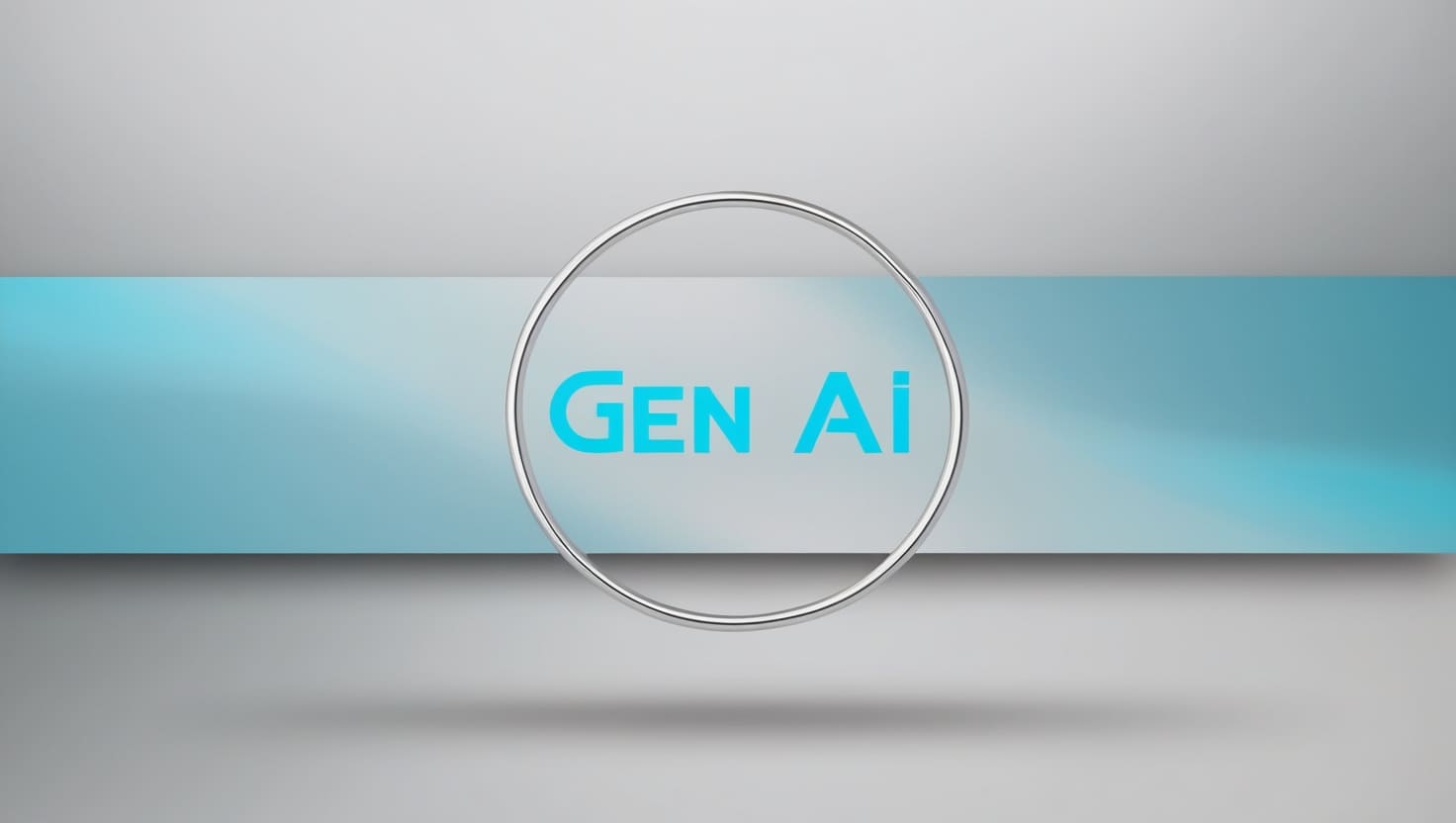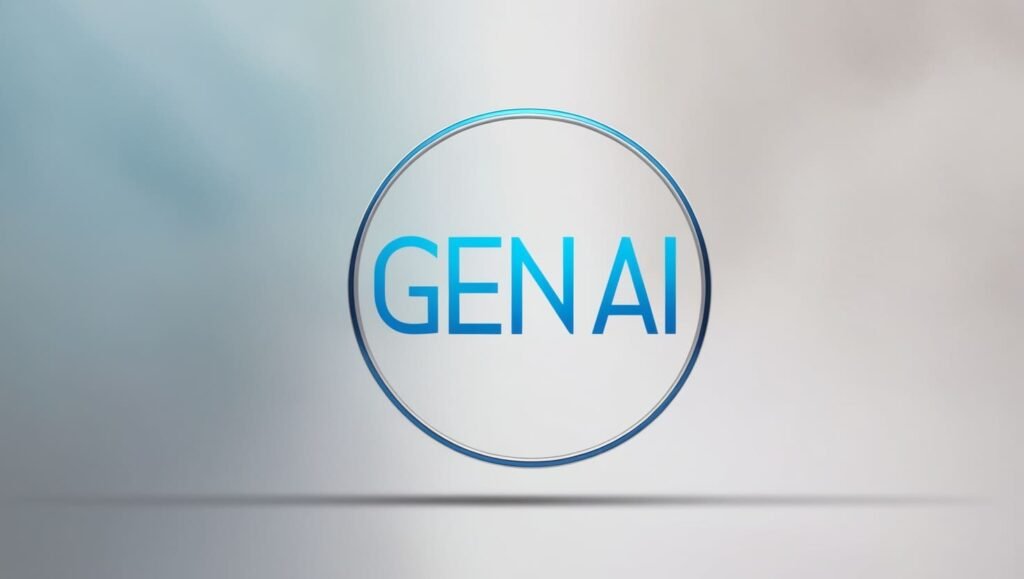The field of Generative AI (Gen AI) has taken the world by storm, revolutionizing how industries approach machine learning, deep learning, and natural language processing (NLP). Whether you are applying for roles such as AI researcher, data scientist, or machine learning engineer, mastering Gen AI technologies is crucial for success in your interviews. One of the most important aspects of preparing for Gen AI interview questions is understanding the core concepts, tools, and applications of this technology.
The top Gen AI interview questions you may encounter, we will break down their answers and provide actionable insights to help you ace your next Gen AI interview.
Introduction to Gen AI Interview Questions

Generative AI refers to the ability of machines to create new content, whether it’s text, images, audio, or even video. Unlike traditional AI, which analyzes data and makes predictions, Generative AI can produce entirely new data that didn’t exist before. Understanding this difference is key to answering the Gen AI interview questions effectively.
Most candidates preparing for a Gen AI interview will need to show proficiency in a few critical areas:
- Generative models such as GANs (Generative Adversarial Networks), VAEs (Variational Autoencoders), and Transformers.
- Applications of Generative AI in real-world scenarios.
- Ethical considerations and future trends in the field.
This guide will help you focus on these areas, providing you with answers to commonly asked questions, along with tips on how to prepare for both basic and advanced questions.
Top 10 Basic Gen AI Interview Questions

1. What is Generative AI?
Generative AI refers to a subset of artificial intelligence that enables machines to generate new, synthetic data. Unlike traditional AI, which relies on input data to predict outcomes or classify information, Generative AI creates original data, including text, images, music, and even video.
Popular examples include models like GPT-3 for text generation, GANs for image generation, and VQ-VAE for generating high-quality data from compressed representations.
2. Can you explain how GANs work in Gen AI interview questions?
Generative Adversarial Networks (GANs) are composed of two neural networks that are the generator and the discriminator. The generator creates fake data that mimics real data, while the discriminator evaluates whether the data is real or fake. The two networks are trained together, with the generator getting better at producing realistic data over time, and the discriminator getting better at distinguishing real from fake.
GANs are used in applications like image creation, image-to-image translation, and deepfakes.
3. What are the key applications of Generative AI?
Generative AI is used across many industries, including:
- Content creation: GPT-3 generates human-like text, while tools like DALL-E create images from text prompts.
- Healthcare: AI models can help design new drugs and biomarkers.
- Art and entertainment: Artists use AI to generate new forms of creative content, such as music and visuals.
- Game development: AI is used to create realistic environments and characters.
- Business intelligence: AI-driven analytics and report generation save time and provide insights.
4. What is the difference between Generative AI and traditional AI?
Traditional AI focuses on analyzing data to predict or classify outcomes. It’s primarily concerned with tasks like recommendations, image classification, or data predictions.
In contrast, Generative AI produces new, never-before-seen data, based on the patterns it has learned from training data. For instance, a Generative AI model can create new images based on the patterns observed in real images, whereas traditional AI would only identify and classify existing ones.
5. Explain the difference between supervised and unsupervised learning in Generative AI?
In supervised learning, models are trained on labeled datasets where both the input and corresponding output are known. For instance, a supervised model may be trained to classify whether an image is of a cat or a dog.
On the other hand, unsupervised learning involves models trained on unlabeled data, where the system tries to learn hidden patterns or structures from the data. Generative AI often uses unsupervised learning, particularly in models like GANs and VAEs, where the goal is to generate new data, not just to classify existing data.
6. How do you evaluate the performance of Generative AI models?
Evaluating the performance of Generative AI models can be tricky. Some common metrics used include:
- Inception Score: Evaluates the quality and diversity of generated images.
- Fréchet Inception Distance (FID): Measures the similarity between real and generated data.
- Precision and Recall: Used in some models to measure how well the generated content covers the data distribution.
7. What is the role of deep learning in Generative AI?
Deep learning is central to Generative AI, as it enables machines to learn complex patterns in large datasets. Convolutional Neural Networks (CNNs), for example, are widely used for generating images, while Recurrent Neural Networks (RNNs) are used for generating sequences like text or audio.
Deep learning models like GANs and VAEs rely heavily on neural networks to automatically learn high-level features and generate data based on those features.
8. What are Transformer Models, and how do they relate to Generative AI?
Transformer models, such as GPT-3 and BERT, have revolutionized Natural Language Processing (NLP). These models rely on self-attention mechanisms to process input data, allowing them to generate human-like text based on a given input prompt.
For example, GPT-3 can generate articles, poems, or even code, based on just a few initial sentences.
9. Can you explain the concept of transfer learning in Generative AI?
Transfer learning involves taking a pre-trained model and fine-tuning it for a specific task or dataset. Instead of training a model from scratch, transfer learning allows models to leverage knowledge learned from one task and apply it to a different, but related, task.
For instance, a pre-trained GPT-3 model may be fine-tuned on a specific dataset (e.g., medical research papers) to generate more domain-specific content.
10. What are some ethical concerns related to Generative AI?
Generative AI poses several ethical concerns, such as:
- Deepfakes: AI-generated videos that can make it seem like someone said or did something they didn’t.
- Bias: AI models may perpetuate societal biases if trained on biased data.
- Misuse of technology: AI-generated content can be used for disinformation or harmful activities.
A key consideration for responsible AI usage is Share of Voice (SOV), which helps track how often and where AI-generated content is being shared or used. Understanding this concept is essential for assessing the impact of AI in public discourse.Ensuring that Generative AI is used responsibly requires guidelines, transparency, and ethical practices throughout the development process.
Advanced Gen AI Interview Questions You Should Know

1. How does the architecture of a GAN differ from that of a Variational Autoencoder (VAE)?
While GANs consist of two components which is generator and a discriminator. VAEs are based on probabilistic graphical models. VAEs aim to learn a latent variable model of the data, whereas GANs learn to generate data by competing between two networks.
The key difference is that GANs are more suited for creating high-resolution data like images, whereas VAEs excel at learning compressed representations of data.
2. What is the concept of Latent Space in Generative AI?
The latent space refers to a mathematical space that represents all possible variations of data in a compressed format. For example, in image generation, each point in the latent space corresponds to a unique image. By sampling points in this space, you can generate new images.
3. What are some challenges in training Generative AI models?
Some challenges include:
- Mode collapse in GANs, where the generator produces limited types of output.
- Overfitting, where the model memorizes training data instead of generalizing.
- Training instability: GANs are notorious for their difficult training process, requiring careful tuning.
4. Can you explain the concept of Attention Mechanisms in Generative AI?
Attention mechanisms allow models to focus on the most relevant parts of input data when generating output. For example, in NLP models like Transformers, attention helps the model understand the context of words, making text generation more coherent.
Bonus: Tips and Resources for Acing Your Gen AI Interview

- Master the Basics: Start by understanding the core concepts of machine learning, deep learning, and Generative AI.
- Practice with Projects: Build projects using GANs or Transformer models to showcase your skills.
- Stay Current: Follow recent research papers and industry developments to stay up to date.
Conclusion
As the demand for Generative AI skills grows, preparing for interviews in this field requires a deep understanding of the underlying technologies and their applications. By mastering the key concepts, practicing with real-world examples, and staying informed on ethical concerns, you can significantly improve your chances of acing your Gen AI interview.
Good luck with your interview preparation, and remember that practical knowledge is just as important as theoretical understanding when it comes to Generative AI!








